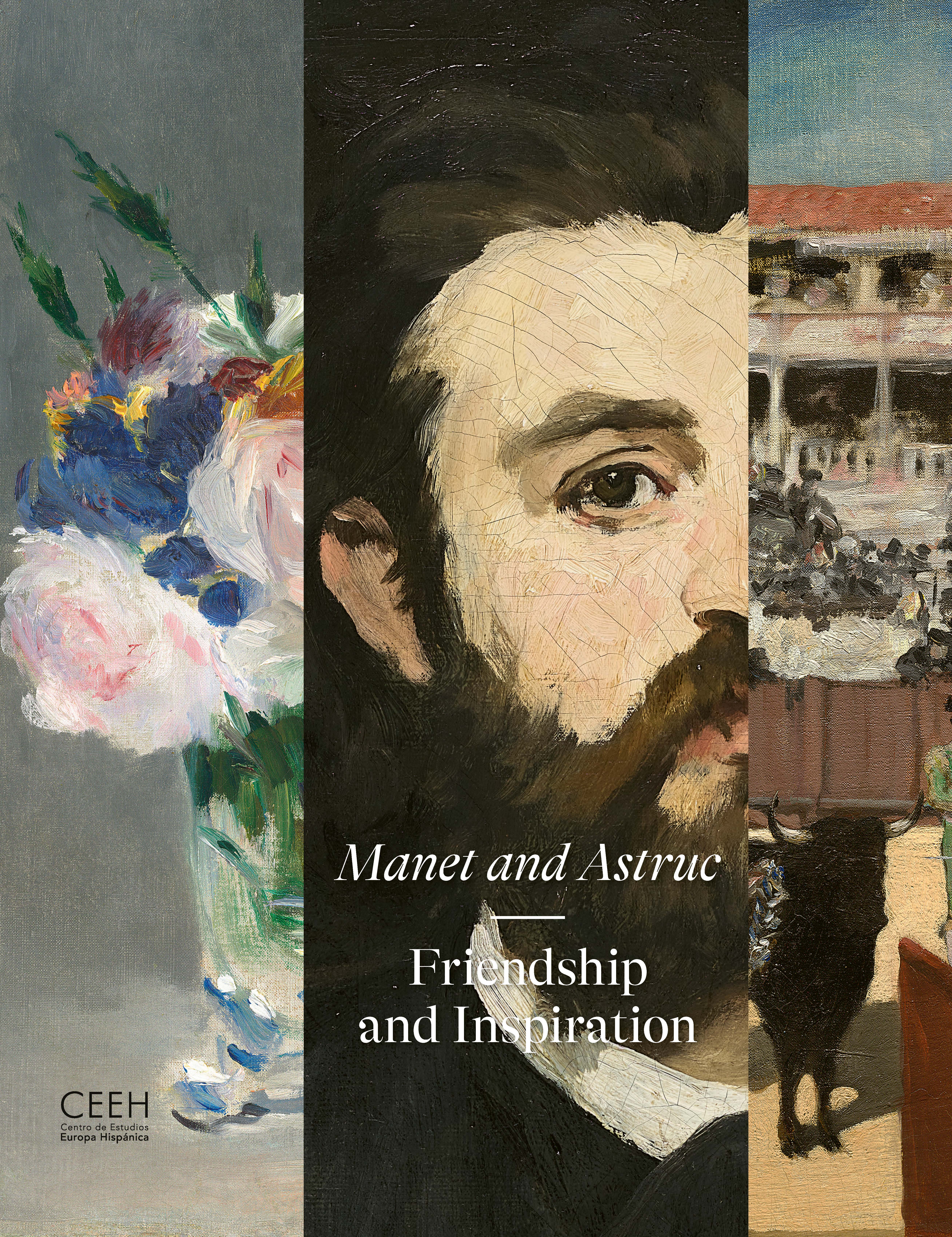Author
Dorothee Hansen (ed.)
Characteristics
320 pages; 286 colour illustrations; softcover; 24 x 30 cm
Publication
English, Published by the Kunsthalle Bremen with major support from CEEH; 2021
ISBN
978-84-18760-02-0
Price
€32,69
Buy on our site and save 5% on this book until April 30
(coupon code: DÍA DEL LIBRO)
In 1908, the Kunsthalle Bremen became one of the first museums in Germany to acquire a major painting by Édourad Manet (1832–1883): the Portrait of Zacharie Astruch of 1866. The work not only presents a likeness of Manet’s friend, the critic, writer and artist Zacharie Astruc but also their shared tastes and passions represented through the objects assembled in the painting. In addition to the writer Astruc’s quills and books, we find an album of Japanese woodcuts, pointing to the contemporary enthusiasm for Japanese art. The red sash is a discrete sign of Astruc’s love for Spain and Spanish painting, and the string instrument in the background identifies him as a composer and musician.
These attributes reference key sources of inspiration and ones that greatly influenced Manet’s ground-breaking style of painting. The work is not just a portrait of an individual but a tableau conveying a program of modern taste, powerfully visualising the aesthetics of the 1860s which the painter and the sitter shared. This is confirmed by Manet’s contemporaries: just four years later Henri Fantin-Latour depicted the scene of Manet painting the portrait of Astruc. In the background he placed artists and intellectuals such as Claude Monet, Pierre-Auguste Renoir and Émile Zola. Their presence demonstrates the extraordinary importance of Zacharie Astruc from early on: it was considered a major artistic statement of its time and a manifesto of modern painting.
This lavishly illustrated catalogue, accompanying a major exhibition at the Kunsthalle Bremen, provides a new perspective on the art and aesthetics of the 1860s in Paris through an exploration of the friendship of Manet and Astruc and their creative networks. In addition to Manet’s famous paintings, many of Astruc’s little-known works are published here for the first time. In-depth research on Astruc, his relationship with Manet and the 1860s in Paris, make this volume an important reference work.
Dorothee Hansen studied Art History, Classical Archaeology and Medieval History in Munich. In 1992, she completed her PhD under Professor Hans Belting. After her traineeship at the Hamburger Kunsthalle, she became curator of 15th- to 19th-century painting at the Kunsthalle Bremen in 1995. She has been deputy director there since 2008. Hansen has curated exhibitions such as Van Gogh: Fields (2002–03), Monet and Camille: Portraits of Women in Impressionism (2005–06), Edvard Munch: Enigma behind the Canvas (2011–12), Émile Bernard: On the Pulse of Modernism (2015) and Max Liebermann: From Leisure to Modern Sport (2016–17).

